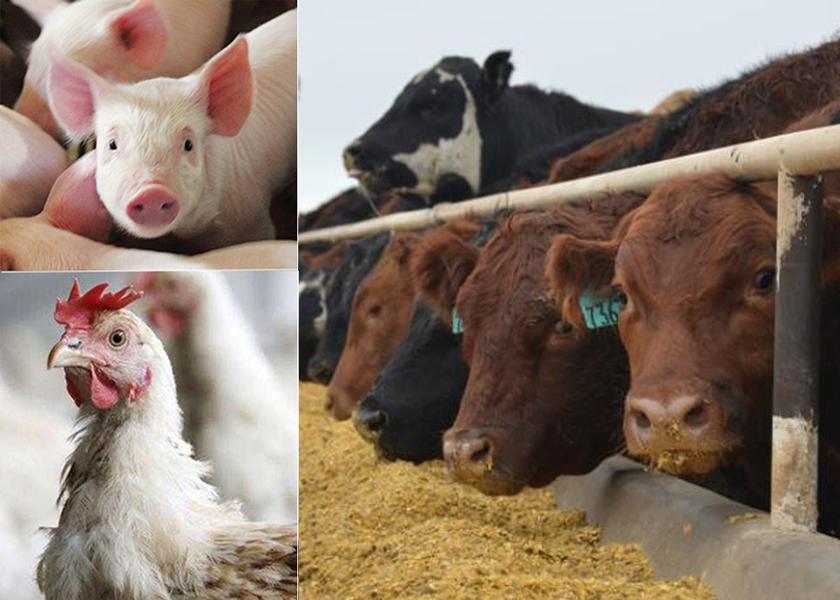When Disaster Strikes: Highly Pathogenic Avian Influenza Provides New Insight

Though the pork and beef industries are not likely concerned about poultry, there is value in watching trends and understanding the impacts a disaster—like African swine fever or foot and mouth disease outbreak could have on the other meat sectors.
As the Highly Pathogenic Avian Influenza (HPAI) wreaked havoc the U.S. poultry industry earlier this year, prices for eggs and turkey skyrocketed. Table egg prices tripled, and turkey breast meat rose to historic levels, CoBank reports. Tight supplies and strong consumer demand for animal protein prior to the HPAI outbreak also added fuel to the flame.
U.S. poultry exports through June were up 19% year-over-year, CoBank says. With the poultry industry’s increased dependence on export markets, the HPAI threat brings new vulnerability for exporters subject to potential trade restrictions.
“Fortunately for U.S. poultry exporters, the current world views on HPAI trade restrictions have relaxed since the last major outbreak in 2014 and 2015,” says Brian Earnest, lead animal protein economist with CoBank. “Rather than a blanket ban, trade partners set new restrictions at county, state or regional levels because outbreaks had become commonplace globally. Not coincidentally as politicians across the globe were concerned about rapidly escalating food prices after Russia’s invasion of Ukraine.”
Looking back to 2014, China immediately closed its borders to U.S. poultry after the HPAI outbreak. It wasn’t until 2019 that China markets reopened as part of the U.S.-China Phase One trade deal. During this time of closure, leg quarter and chicken claw prices fell by 50% or more.
“The 2014-15 HPAI outbreak devastated U.S. producers, with direct costs associated with euthanizing and depopulating 43.2 million laying hens and 7.3 million turkeys estimated at $1.6 billion. Including the associated recovery costs, the total jumped to more than $3.3 billion,” CoBank reports.
What’s next for the poultry industry?
In 2015, the U.S. egg industry saw an immediate rise in productivity rates after the mass depopulation, followed by flattening for several years. With feed, labor and other production costs much higher today, Earnest expects producers will be slower to rebuild their flocks this time.
“A smaller national layer flock means a smaller egg supply in coming months, higher egg prices and fewer eggs consumed,” Earnest explains.
Why should other meat producers should take note?
This can be directly translated to other meat sectors, as inputs costs have risen across the board. In the case of any disease outbreak where depopulation occurs, producers may not be chomping at the bit to rebuild.
For the cattle industry, cow liquidation leads to its own form of “depopulation” due to a lack of feed resources.
Additionally, coinciding with HPAI outbreaks in U.S. turkey flocks this year, wholesale spot market values for fresh tom breast meat has eclipsed $6.50 per pound in recent weeks, a level previously deemed unattainable, CoBank notes.
It’s hard to know exactly how a disease outbreak would affect the pork and beef industries in the U.S. but taking a look at HPAI and the poultry industry might be a good start.







